

Mastering a new language requires time and constant practice, so it is often necessary to go back to previous notions to improve retention of this knowledge, while continuing to advance in the development of language skills. With this in mind, in this lesson you will revisit one of the most used topics when talking about all kinds of events in English, which at the same time will allow you to review several verb tenses.
In English you can use a specific structure formed by different verb tenses to describe the result of something that might happen (in the present or future) or might have happened (in the past). Conditional sentences are common both in speaking and writing; but before explaining their classifications, listen to how they are defined.
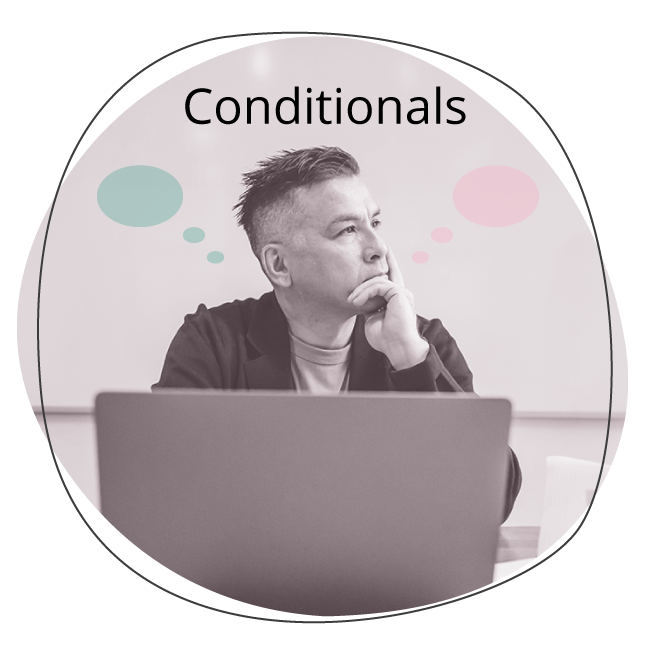
There are four main types of conditionals and each one is used in different situations depending on the intention of the speaker. Let’s start by talking about the zero conditional first.
This conditional is used to describe events that are 100 % possible, meaning they are always real or are general truths. It covers the following categories:
To express ideas using this conditional, you must follow the structure shown below.
After identifying all the elements in the basic structure of the zero conditional, analyze the following examples to understand what an actual sentence formed by this conditional would look like:
 General facts: If you heat ice, it melts.
General facts: If you heat ice, it melts.
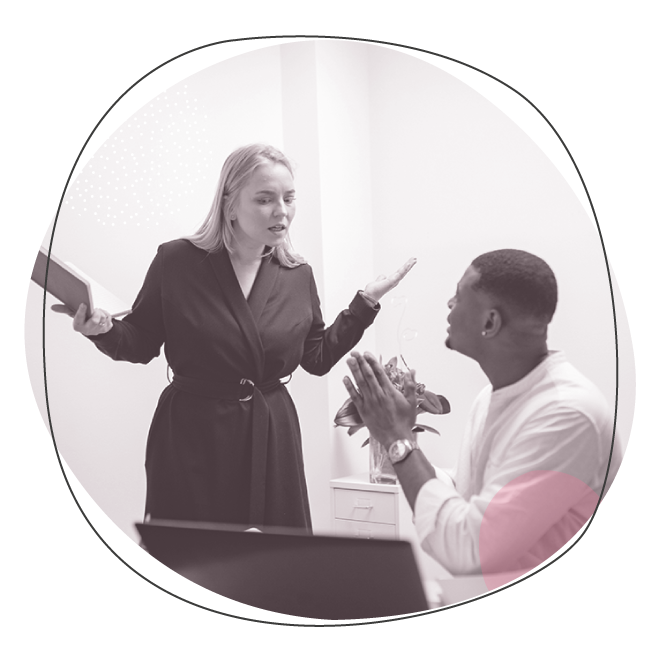 Statements about the real world:
Statements about the real world:
 Instructions: If you want to speak with a customer service agent, press one.
Instructions: If you want to speak with a customer service agent, press one.
If instead of talking about general facts, statements, instructions, and rules, you need to express possibility, then you need to remember the next type of conditional.
The fist conditional is also known as future real conditional because it expresses possible or likely things in the future. Listen closely to its definition.

The first conditional can be used to express things like:
However, if you need to use this conditional in a written sentence or in conversation, be sure to pay attention to the two verb tenses that are combined in this structure.
To give you a clear idea of what this means, watch the video below for more information and some examples.
First Conditional Uses and Examples
As you can see, when using the first conditional the consequence clause changes completely because it is believed to happen in the future.
The previous examples include simple future, but you can also use going to in some cases.
So, now that you have reviewed the information regarding the zero and first conditionals, continue with the next type of conditional.
The second conditional is thought to be unreal because its consequence clause expresses situations that sometimes are improbable to happen. However, in some cases, even if this clause sounds completely unlikely to occur, it is possible to imagine what would happen if it were true. Listen to its definition:
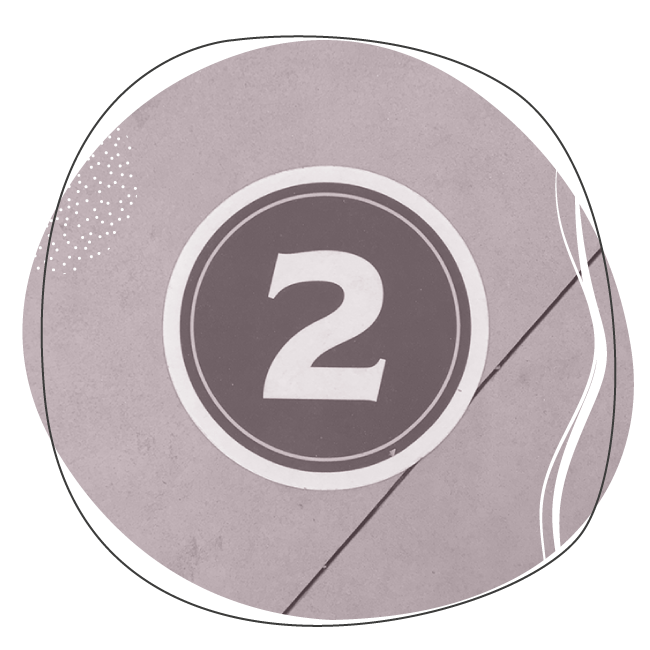
To use this conditional you must pay attention to the following structure, since it combines the simple past tense and a verb in infinitive form.
You can also look at the examples below to get an idea of the kinds of things you can express with the second conditional. Analyze these sentences to identify the elements of the structure above:
It is also common to use the second conditional to offer advice to people, from a personal point of view.
 Advice from a personal point of view
Advice from a personal point of view
What do you think so far? Is this review of the conditionals useful? Let’s keep going.
The third conditional is also considered to be unreal because it describes imaginary situations, although it does this in its own way. Listen to the audio to learn more about it:

As it was mentioned, this conditional is used to imagine a different past by using a specific structure. You can see how to form it below:
Here are some examples of sentences formed using the third conditional:
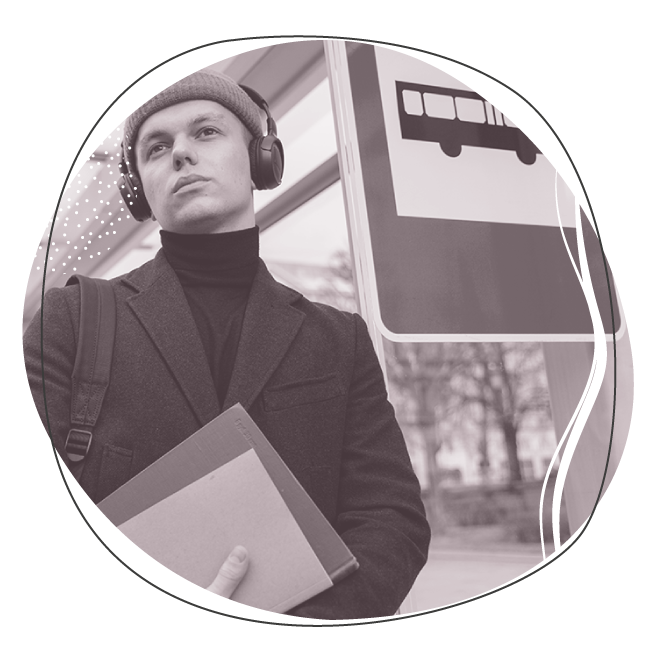 If you had left home earlier, you might have caught the bus.
If you had left home earlier, you might have caught the bus.
 If my cell phone hadn’t had battery, I would have missed her call.
If my cell phone hadn’t had battery, I would have missed her call.
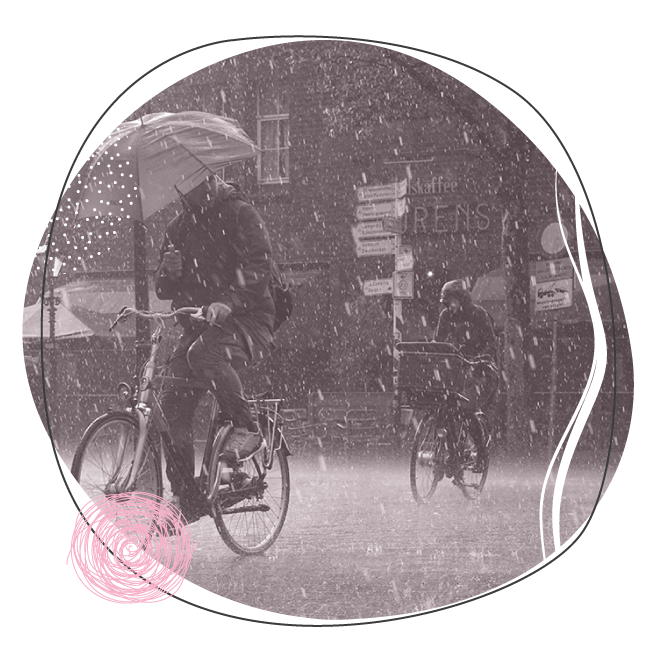 If the weather had been better, they could have arrived on time.
If the weather had been better, they could have arrived on time.
With the third conditional you can also describe regrets (feelings of blame about something that was done or not) and possible consequences that differ from the real result of an action. Like in the following cases:
 If I had studied more, I wouldn’t have failed the exam.
If I had studied more, I wouldn’t have failed the exam.
 If we had woken up earlier, we would have arrived on time to the airport.
If we had woken up earlier, we would have arrived on time to the airport.
As you can see (and hopefully remembered form a previous level), using the different structures of conditionals allows you to convey specific ideas/actions about real, imaginary or hypothetical situations and their consequences.
Now that you've reviewed the previous conditional forms, let's use these information to learn about the mixed conditional structures.
As the name suggests, mixed conditionals are the result of combining the structures of two different conditionals to form a new one. Pay attention to the description of the first mixed structure:
Using mixed conditionals is just as easy as regular conditionals, but it is recommended that you pay special attention to the tenses and the changes in the clauses to express your ideas (written or spoken) correctly. Therefore, carefully analyze the structure of the first mixed conditional, which is shown below:
Look at the following examples:
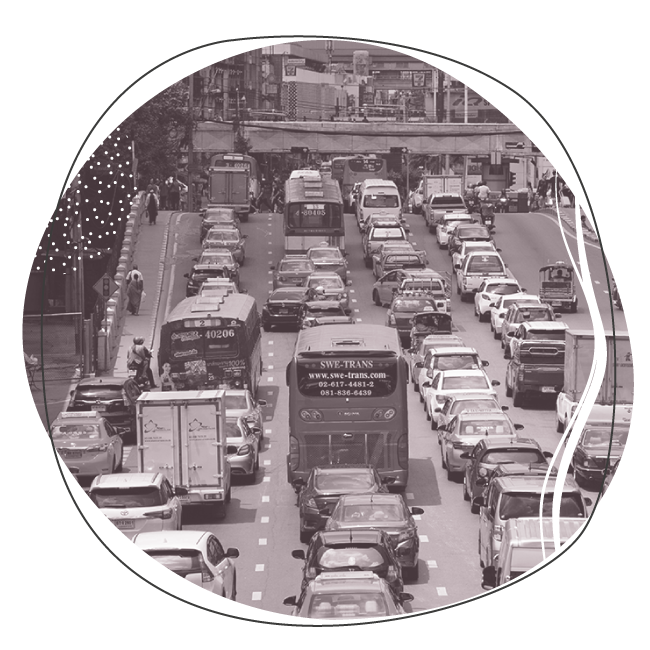 If he had taken the subway, he wouldn’t be in a traffic jam.
If he had taken the subway, he wouldn’t be in a traffic jam.
 If I had gone to sleep early, I would not feel leepy now.
If I had gone to sleep early, I would not feel leepy now.
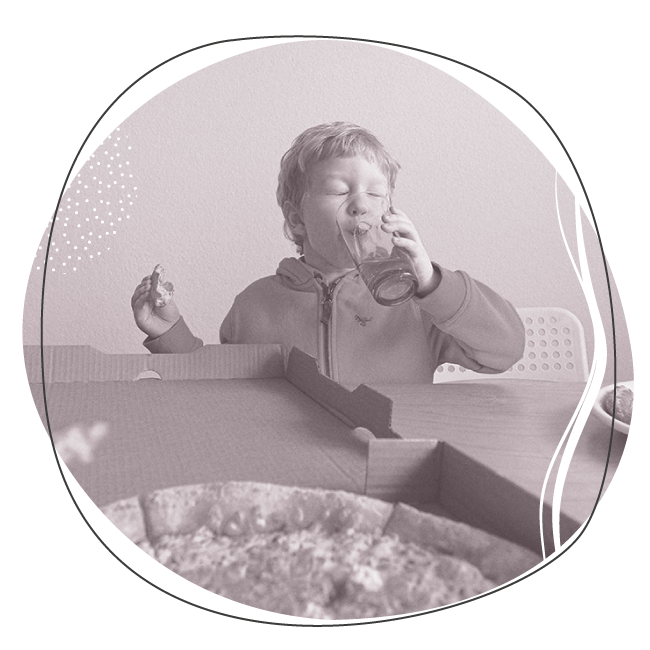 If he hadn’t eaten so much pizza, he wouldn’t feel sick.
If he hadn’t eaten so much pizza, he wouldn’t feel sick.
Is it clearer now? Take a moment to make sure you are on the right track and try to think of the kind of sentences you could make using this structure. When you are ready, keep on reading to learn about the second mixed conditional.
Once again pay extra attention to the changes in the tenses and clauses as you analyze the structure if the second mixed conditional. See how it is formed:
You can also look at the following examples to see how this conditional is used in a sentence:
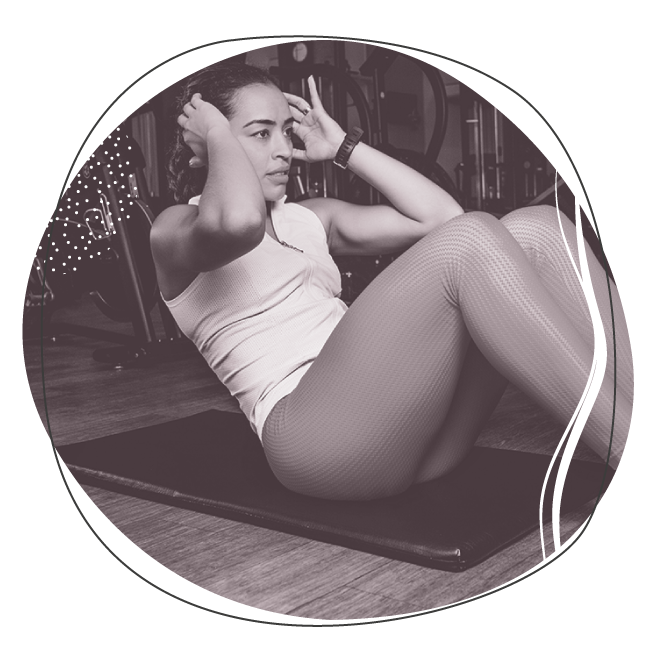 If I had more will, I would have been in shape by now.
If I had more will, I would have been in shape by now.
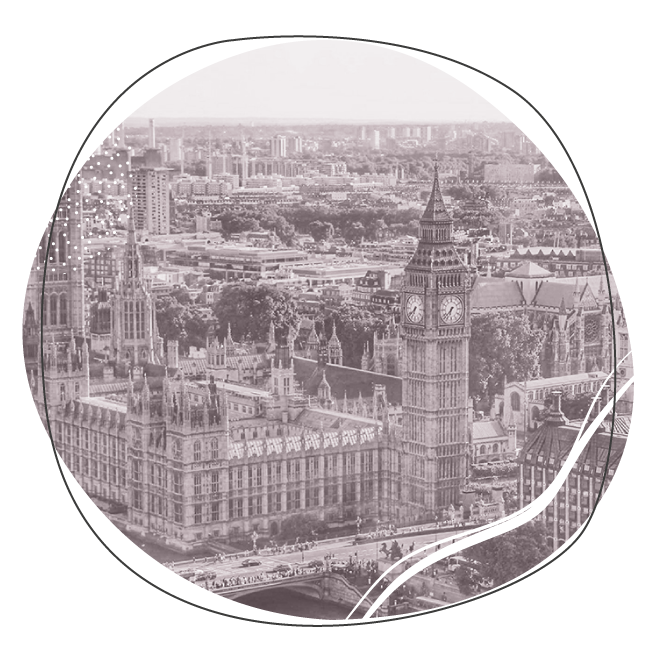 If we had enough money, we would have gone to London.
If we had enough money, we would have gone to London.
The topic of conditionals may seem a bit tricky to understand at first but, with enough practice, you will realize that it is not difficult at all. Make sure to analyze the different structures and identify the differences.
Here is an aditional video with information on the topic, in case you need extra help:
Now that you have reviewed all the information for this lesson, put into practice what you have learned in the following activities.
Start by putting into practice your reading skills.
Instructions: Read the sentences and classify them according to the type of conditional they belong to.
Keep going! Now work on a writing exercise.
Instructions: Write the missing part of the sentence to complete the conditional clause.
When you are ready, continue with this listening activity.
Instructions: Listen to the following audio and identify the different types of conditionals according to what you listen. When you are done, click on the button to check your answers.
You are almost done. For now, put into practice your speaking skills.
Instructions: Repeat and record some phrases from the audio you listened before.
Remember, you don’t need to be perfect, but it is important to make an effort to sound as clear and natural as possible.
In summary, this lesson was a review of the different types of conditional sentences in English. You had the opportunity to study their uses and structures to express real, imaginary or hypothetical situations, depending on the context.
Although you may have studied conditionals before, this lesson was included at this level to help you revisit this topic. Don’t forget that lessons like this one and constant practice are necessary for you to master the language.
To end this topic, answer a final test.
Instructions: After reviewing the content of this lesson, click on the button and answer the questions about conditionals.